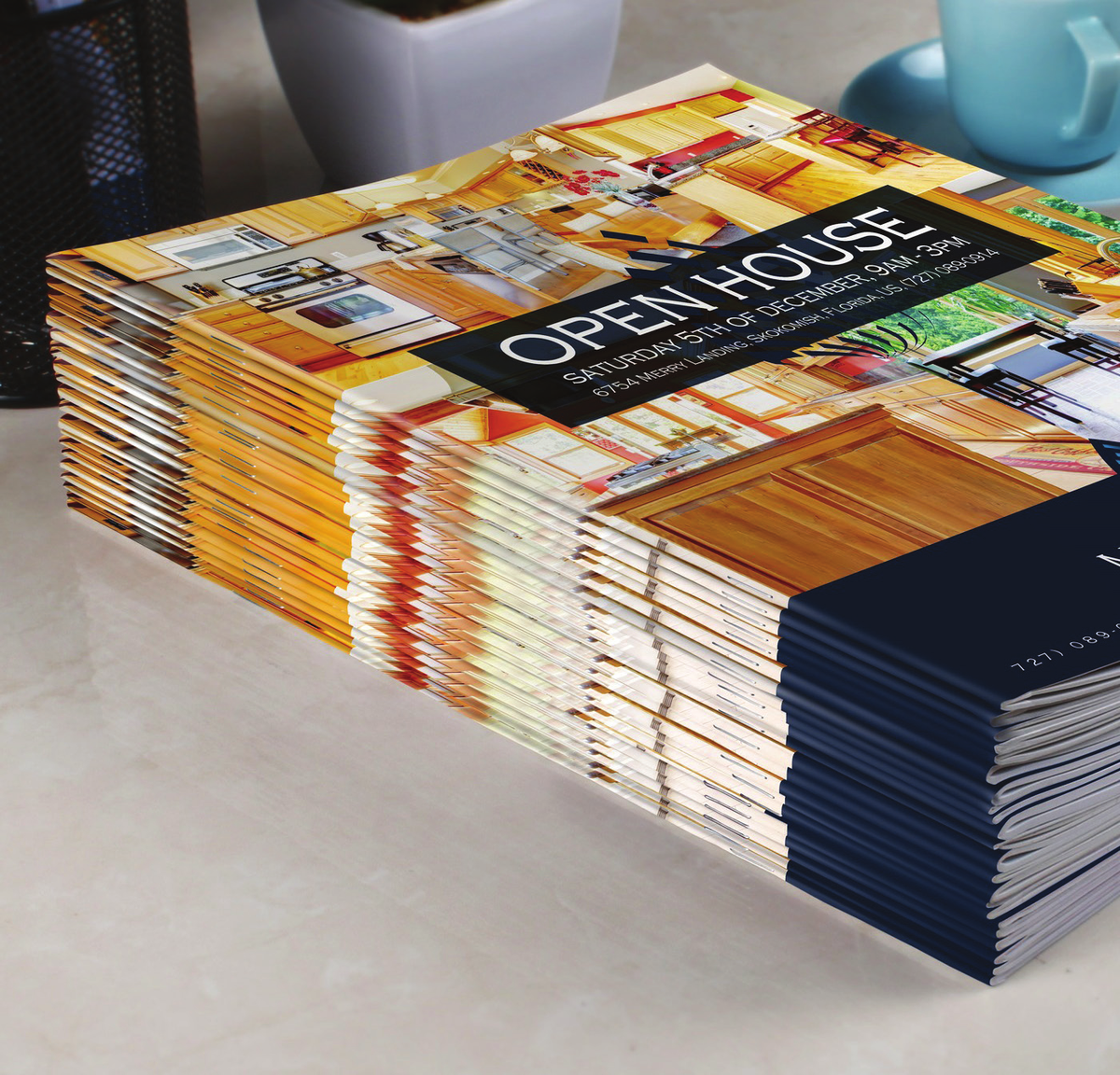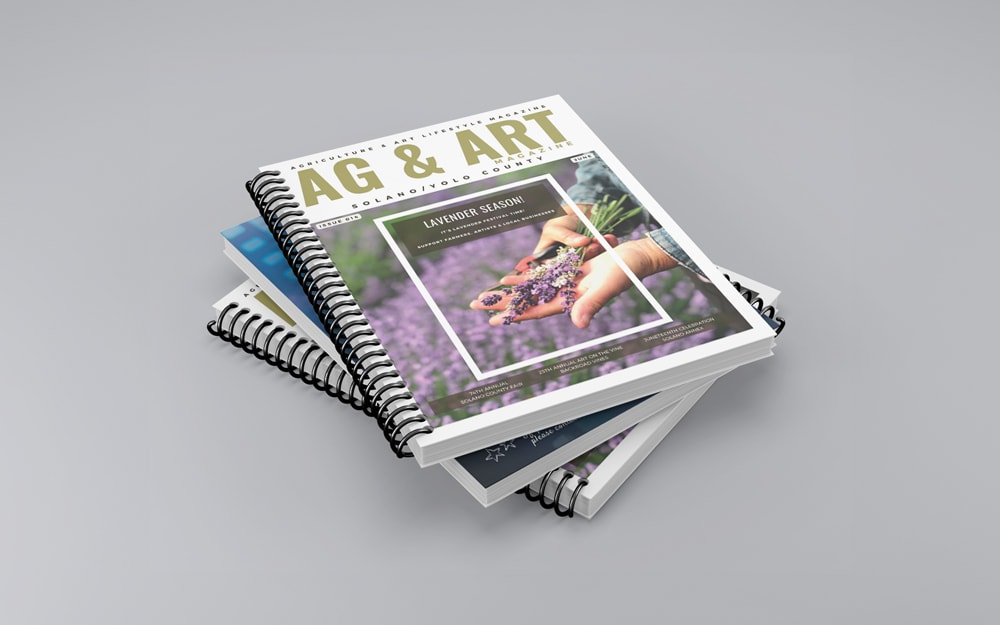A Beginner’s Checklist for Successful Booklet Printing Projects
A Beginner’s Checklist for Successful Booklet Printing Projects
Blog Article
The Essential Overview to Recognizing Brochure Printing Options and Techniques
The process of booklet printing includes several considerations that can significantly impact the end product. From choosing the appropriate layout and dimension to comprehending the nuances of binding approaches, each option plays a vital role. In addition, aspects such as paper supply and printing techniques additional affect the effectiveness of the brochure. As one browses these options, it ends up being crucial to understand just how they interconnect and what that means for the total outcome.
Recognizing Brochure Sizes and styles
When considering pamphlet printing, understanding the numerous formats and dimensions available is crucial for accomplishing the wanted presentation. Pamphlets can be produced in many layouts, including saddle-stitched, spiral-bound, and perfect-bound, each offering distinctive advantages. Typical dimensions range from standard letter (8.5 x 11 inches) to smaller sized options like A5 (5.8 x 8.3 inches), permitting for flexibility based on web content and target audience.Selecting the suitable dimension can affect both the layout and visitor involvement. Larger dimensions could suit visually driven web content, while smaller sized formats may be extra portable and easy to use. Additionally, the variety of web pages influences the choice of binding technique, as thicker pamphlets might require sturdier bindings. Eventually, recognizing these facets allows for a more tailored technique, making certain that the final product aligns with the designated message and aesthetic, improving the total performance of the interaction.
Choosing the Right Paper Stock

Binding Techniques: Considerations and alternatives
When it involves binding approaches for booklets, several alternatives are readily available, each with unique benefits. Saddle stitch binding supplies an affordable option for thinner pamphlets, while excellent binding techniques offer a more refined try to find thicker magazines. Wire-O binding stands out for its sturdiness and simplicity of usage, making it excellent for documents that require flexibility.
Saddle Stitch Binding
Saddle stitch binding provides a cost-efficient and sensible remedy for constructing booklets, making it a popular choice amongst authors and services. This binding method involves folding sheets of paper in half and stapling them along the fold line, developing a cool and well organized look. Normally appropriate for brochures with a lower page matter, saddle sewing is suitable for publications, pamphlets, and instructional materials. The simpleness of this strategy enables for quick manufacturing and is usually preferred for short runs or promotional items. Nonetheless, it is crucial to keep in mind that saddle stitch binding may not appropriate for thicker pamphlets, as the spinal column may not stand up under boosted weight. Generally, it remains a reliable alternative for numerous printing tasks.
Perfect Binding Methods
Perfect binding is a commonly made use of strategy that provides a specialist and sleek coating to booklets and publications. This technique involves gluing the web pages with each other at the spinal column using a strong adhesive, permitting for a clean side and the ability to hold a bigger number of pages contrasted to saddle stitching. Perfect binding is specifically suitable for thicker brochures, such as catalogs and annual records, where a sturdy, flat back is desired. Furthermore, it offers the choice for a published cover that can be made to enhance aesthetic appeal. However, considerations such as web page matter, paper weight, and the intended use of the pamphlet should be considered, as they can influence sturdiness and total quality.
Wire-O Binding Options
Wire-O binding, known for its sturdiness and adaptability, supplies an outstanding choice for brochures that need simple web page transforming and a specialist look. This binding approach uses a collection of steel loopholes that hold web pages firmly, permitting them to exist level when open. It is specifically ideal for discussions, guidebooks, and magazines due to its robust nature. Wire-O binding is offered in different colors and diameters, suiting various page counts and densities. In addition, it allows the addition of covers and tabs, boosting the pamphlet's general aesthetic. Considerations for Wire-O binding consist of the option of wire shade, the dimension of the loops, and the extent of modification wanted, all of which can profoundly influence the end product's look and capability.
Digital vs. Offset Printing: Which Is Best for You?
When picking a printing technique for booklets, recognizing the distinctions between electronic and balance out printing is vital. Digital printing utilizes modern-day technology to generate top notch prints rapidly and affordably, making it suitable for short runs or tasks needing fast turnaround times. It enables personalization, providing the capacity to print on-demand with marginal waste.In contrast, balance out printing is a conventional approach that masters generating large amounts with consistent high quality. It entails transferring ink from a plate to a rubber covering, then to the paper, which leads to vibrant colors and specific details. Offset printing generally requires longer arrangement times and is a lot more economical for larger volumes.Ultimately, the selection in between electronic and offset printing depends on job demands, spending plan, and wanted quantity. For small, time-sensitive jobs, digital may be the very best choice, while offset may be more suitable for bigger, high-grade manufacturings.

Creating Your Pamphlet: Tips and Finest Practices
When creating a booklet, careful interest to format, font style choice, and shade usage can substantially boost its effectiveness. A well-structured format overviews the reader's eye, while appropriate typefaces assure readability and share the preferred tone. Furthermore, effective use shade can evoke emotions and emphasize crucial info, making the overall style a lot more impactful.
Selecting the Right Layout
Just how can one efficiently choose the appropriate design for a booklet? It is essential to examine the booklet's objective and target audience. A clean, arranged design boosts readability and interaction. Utilizing a grid system can assist in aligning components regularly, developing a professional look. Additionally, incorporating aesthetic hierarchy through differing sizes and placements of images and text can guide the reader's eye and emphasize key info. It is additionally important to leave enough white space, which stops congestion and permits far better focus. Checking various formats via mock-ups can provide insight into exactly how the layout performs in real-world scenarios, making sure that the last item meets both aesthetic and practical needs. Useful Selecting Appropriate Fonts
A well-chosen font style can considerably boost the total layout of a pamphlet, enhancing the format and enhancing the content's message. The selection of fonts should consider readability, especially for body text, as it assures the details comes to all readers. Sans-serif typefaces are often preferred for electronic layouts, while serif typefaces can provide a standard feeling in published materials. It's recommended to limit font choices to 2 or 3 to preserve visual coherence. Additionally, typeface dimension plays a vital role; headings ought to be not overwhelming however distinctive, while body text ought to be comfy for reading. When picking font styles, positioning with the booklet's motif and target market is vital for effective interaction and aesthetic appeal.
Reliable Use of Color
Color works as a powerful device in brochure layout, guiding and forming perceptions visitor feelings. It can evoke sensations of exhilaration, trust, or peace, depending upon the tones selected. Designers need to consider color concept concepts, guaranteeing that the picked scheme aligns with the brochure's message and target market. Using warm colors like red and orange can produce seriousness, while cooler tones like green and blue foster tranquility.Additionally, contrast plays an important function; complementary colors can improve readability and aesthetic charm. Uniformity in shade use throughout web pages better reinforces brand name identification and communication. Inevitably, reliable shade application not just captures focus but likewise enhances the booklet's function, Recommended Site making it an important element of effective style.
Completing Touches: Coatings and Special Impacts
While numerous consider the content and layout of a pamphlet one of the most essential components, the ending up touches, such as finishes and unique impacts, play an important role in enhancing its total allure. Coatings can supply protection and resilience, ensuring that the pamphlet holds up against deterioration. Matte surfaces offer an innovative, non-reflective surface, while shiny coverings can make colors show up more vibrant and eye-catching. Special results, like embossing or aluminum foil stamping, include a tactile measurement that can produce a memorable impact. These techniques can highlight specific locations, drawing focus to essential details or producing visual rate of interest. Additionally, UV layer can offer a high-shine coating that raises the total look.Together, these completing touches not just enhance the pamphlet's aesthetic however also interact professionalism and focus to detail, inevitably leaving a long lasting influence on the reader.
Expense Factors To Consider for Booklet Printing
Recognizing the various expense factors to consider for booklet printing is necessary for businesses and organizations aiming to enhance their spending plans. Key aspects affecting costs include the option of ink, binding, and paper approaches. Better materials, such as premium paper or specialized inks, normally enhance the total cost. Additionally, the dimension and web page count of the pamphlet play a considerable duty; larger pamphlets need even more sources and time to produce.Another vital factor to consider is the printing strategy, whether electronic or offset, as each has its own pricing structure and suitability for different quantities. Companies ought to likewise factor in style expenses, which can vary based on complexity and making use of professional services. Ultimately, shipping and handling fees can include in the total amount, specifically for large orders. By reviewing these components, companies can make enlightened choices that line up with their monetary abilities while accomplishing the desired quality in their printed products.
Regularly Asked Concerns
What Are the Environmental Impacts of Booklet Printing?
The ecological influences of brochure printing include deforestation from paper manufacturing, carbon exhausts from transportation, and waste generation from discarded products - Booklet Printing. Lasting methods, such as using recycled paper and environmentally friendly inks, can mitigate these results
Exactly How Can I Guarantee Color Precision in My Brochure?
To guarantee shade accuracy in a booklet, one need to use calibrated displays, utilize professional shade profiles, conduct examination prints, and choose top quality printing solutions that use color matching and proofing alternatives for best outcomes.
What Is the Common Turnaround Time for Brochure Printing?
The typical turn-around time for booklet printing differs depending upon the intricacy and quantity - Booklet Printing. Generally, it ranges from a couple of days to two weeks, affected by factors such as printing approaches and completing demands
Are There Minimum Order Quantities for Booklet Printing?

Can I Print Brochures in Several Languages?
Publishing pamphlets in numerous languages is possible. Numerous printing services use alternatives for multilingual or multilingual layouts, permitting effective communication. Cautious preparation warranties Click Here that make elements accommodate different languages without compromising readability or visual appeals. In addition, factors such as paper stock and printing strategies further influence the performance of the pamphlet. When taking into consideration pamphlet printing, recognizing the numerous layouts and dimensions readily available is crucial for attaining the wanted discussion. When choosing a printing technique for brochures, understanding the differences in between electronic and balance out printing is vital. Furthermore, the size and click for info page count of the booklet play a substantial duty; bigger booklets require even more sources and time to produce.Another essential consideration is the printing technique, whether electronic or balanced out, as each has its own rates framework and suitability for different amounts. The environmental impacts of pamphlet printing consist of deforestation from paper production, carbon exhausts from transportation, and waste generation from discarded products.
Report this page